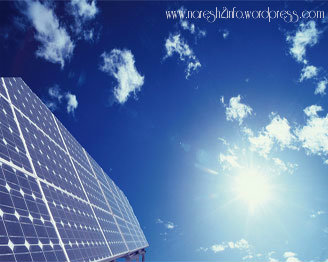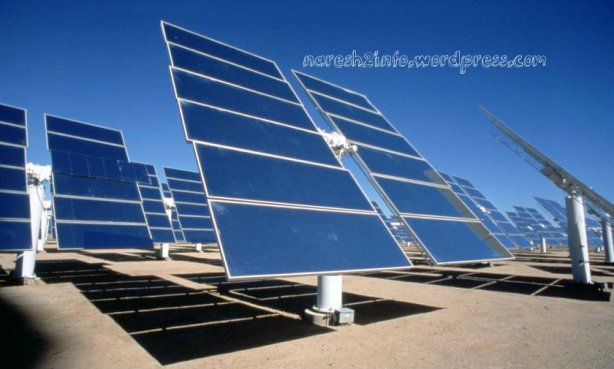If you don’t know much about solar technology , it’s helpful to learn the basics. This technology is very practical. Solar is a very efficient power system, and the uses for solar are endless. Wherever you need power, solar can provide it.
Solar cells- How they work:-
Converting solar energy into usable electricity is a simple process which has been around for several decades. The silicon based cells, which make up a solar panel, convert sunlight into electricity through a process known as the ‘photovoltaic effect’.
The ‘photovoltaic effect’ is a process in which ‘photons’ from the sun are absorbed and transferred to an external source (like your light globes) by your solar panels.
The amount of power your solar panels produce will vary depending on the number, configuration and orientation of the cells and the temperature and intensity of the sunlight they are exposed to.
Solar panels- How they connect and what they can do:-
Solar Cells are arranged into panels that are sized for a particular power output.
When photons collide with the cells, they excite electrons on the surface that shake loose and start a flow of electrons, or direct current (DC electricity) to an external source.
In most cases solar panels are usually mounted on the roof of houses, sheds or garages, but they can also be installed directly onto the ground. Solar panels should be installed in the area that is exposed to the most sunlight.
A most ideal location for a solar panel is a north-facing roof inclined at 30 – 35 degrees. Having said that an orientation within 45 degrees east or west of that will only have marginal differences in the amount of power a solar panel produces.

